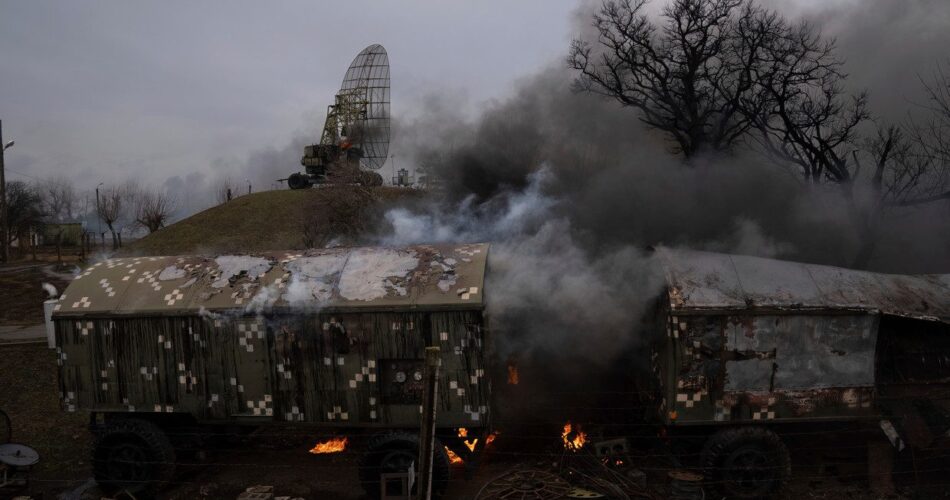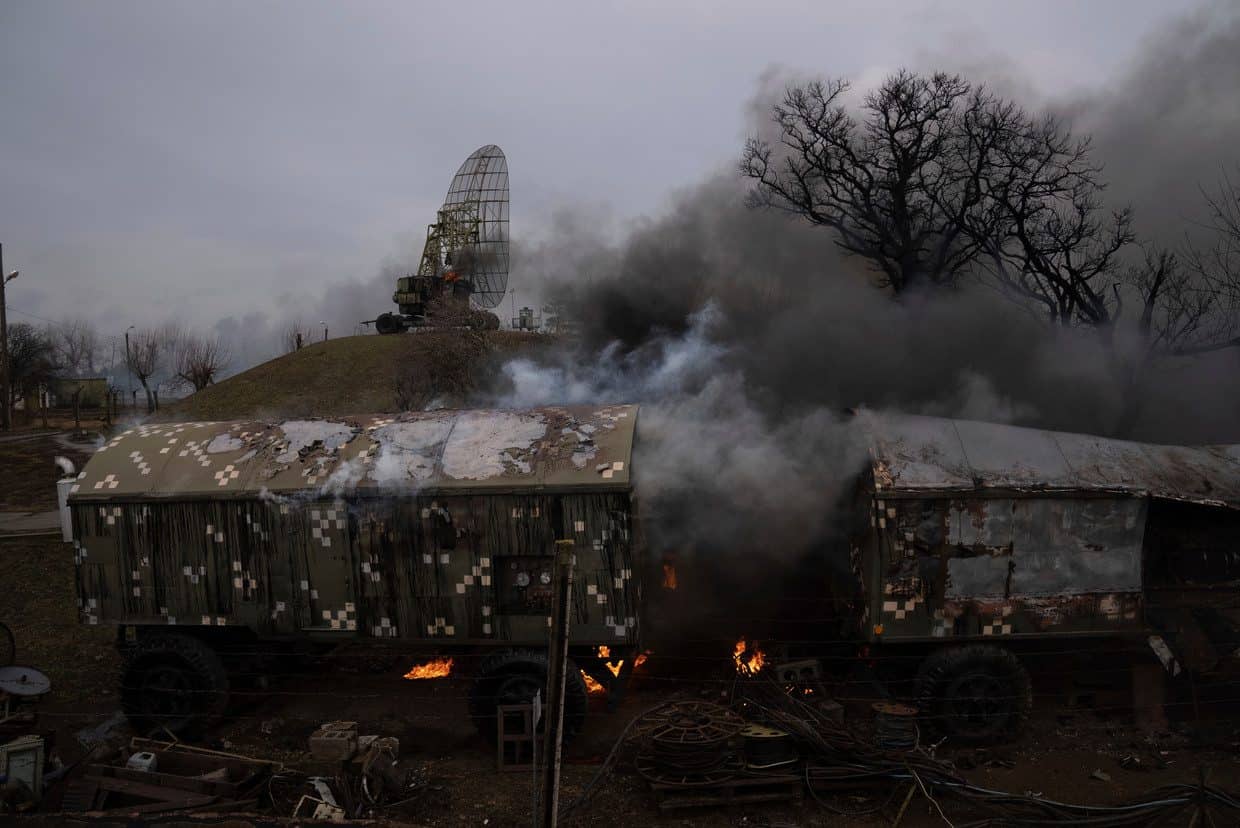Russia has invaded Ukraine by land, air, and sea, but the Russian Disinformation campaign is failing. As Russian troops entered Ukraine on February 24, contradictory information began to circulate on social media, muddying the waters and making it impossible to determine how far Russian forces had proceeded in their assault. According to Lynette Nusbacher, former head of the UK government’s Strategic Horizons Unit, Russia has long depended on its military theory of maskirovka or the Russian Disinformation trick to create uncertainty, and it has been a strategy for decades.
That has already happened in Ukraine. Along with what appear to be staged videos attempting to portray Ukraine as the aggressor, Russia has flooded social media with disinformation and issued threats to Ukraine’s population, including text messages reportedly sent to Ukrainian soldiers inviting them to lay down their arms and surrender.
Russian Disinformation On Ukraine Spreading Like Wildfire On Telegram
– Advertisement –
Russia has been honing its social media maskirovka tactics since it took Crimea, a peninsula that was once part of Ukraine, in 2014. “This is Russia’s bread and butter,” says Ed Arnold, a research fellow at the Royal United Services Institute in the United Kingdom. When Russia invaded Crimea in 2014, Arnold was serving with NATO.
Russian Disinformation spreads through Telegram-based pro-Russian groups, which are then transmitted by state and pro-Kremlin media outlets. Putin has sent soldiers on a “peacekeeping” mission into eastern Ukraine, according to Russian state media, to avoid what the Russian leader has described as a “genocide” of Russian speakers by the Kyiv administration.
According to Eliot Higgins, creator of Bellingcat, an Amsterdam-based investigative site that specializes in fact-checking and open-source intelligence, the footage showing soldiers “speaking Polish” and attempting to harm Russian tanks was analyzed to expose a montage of video and audio components. Some of the videos were recorded in early February, and editors inserted sound and imagery from a video shot during a 2010 Finnish military drill. The goal of this heavy-handed propaganda may be to divert attention away from the opponent by creating informative background noise.
Source link




